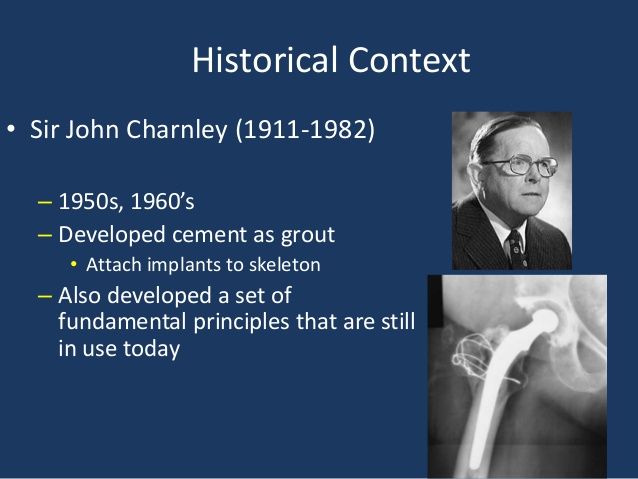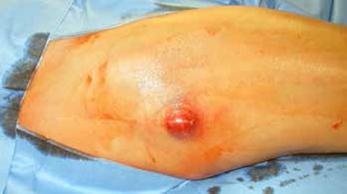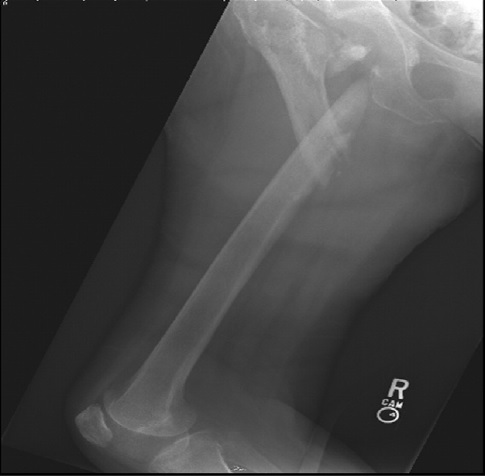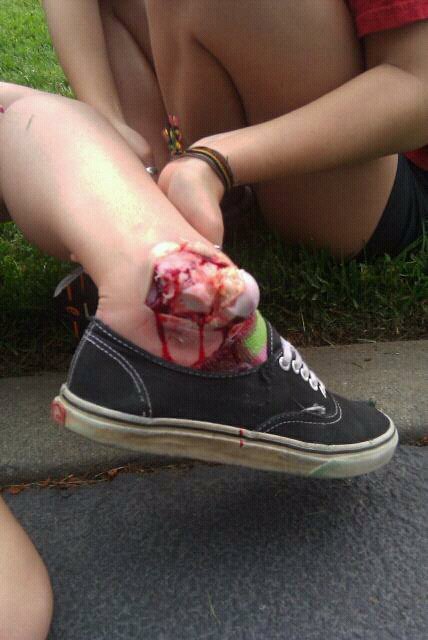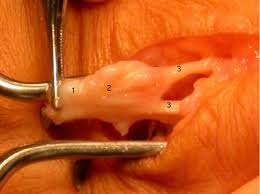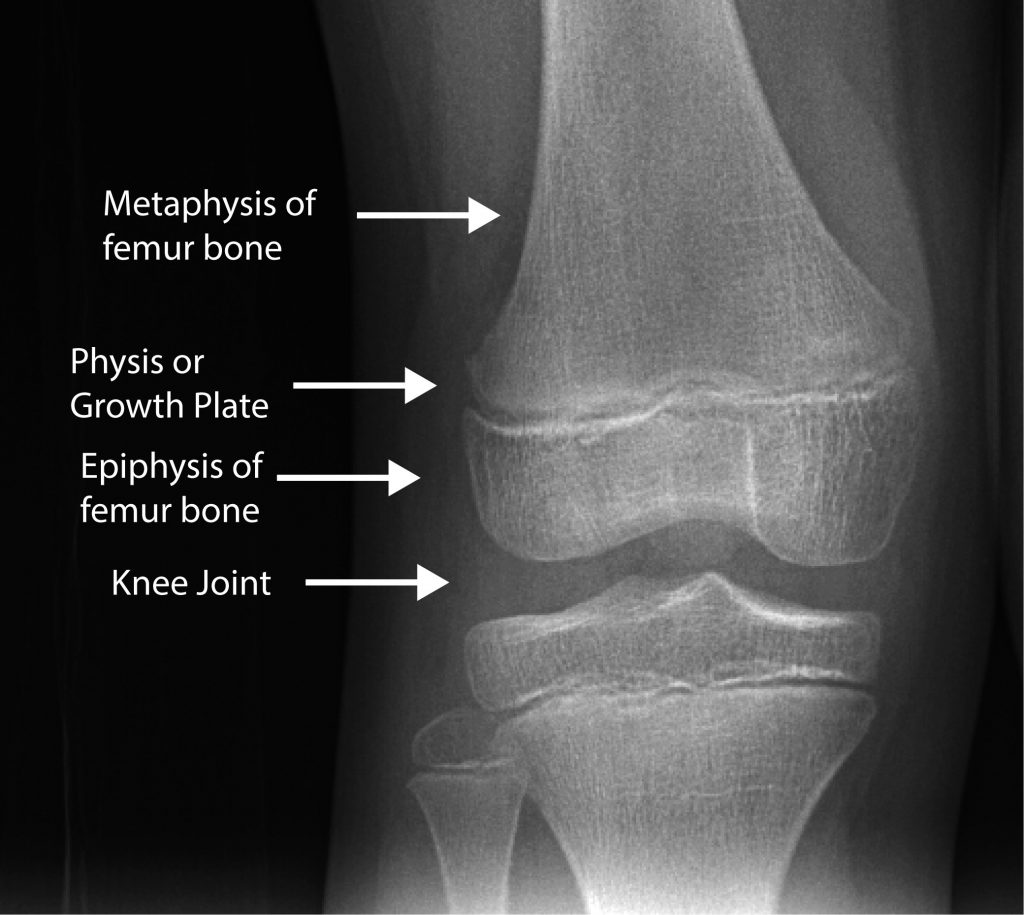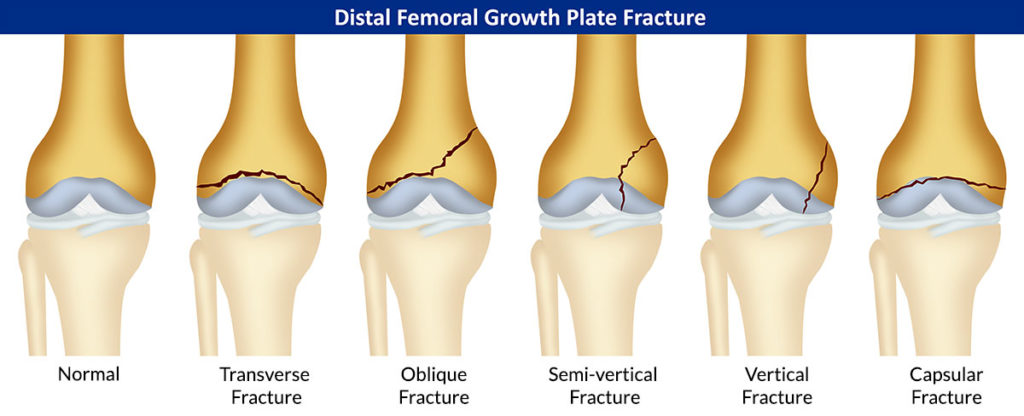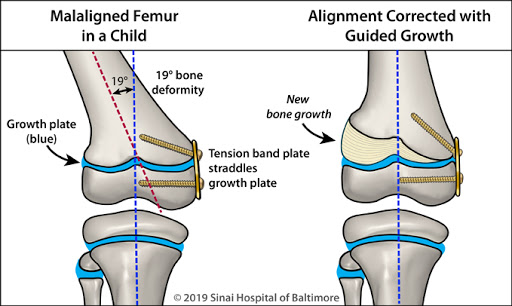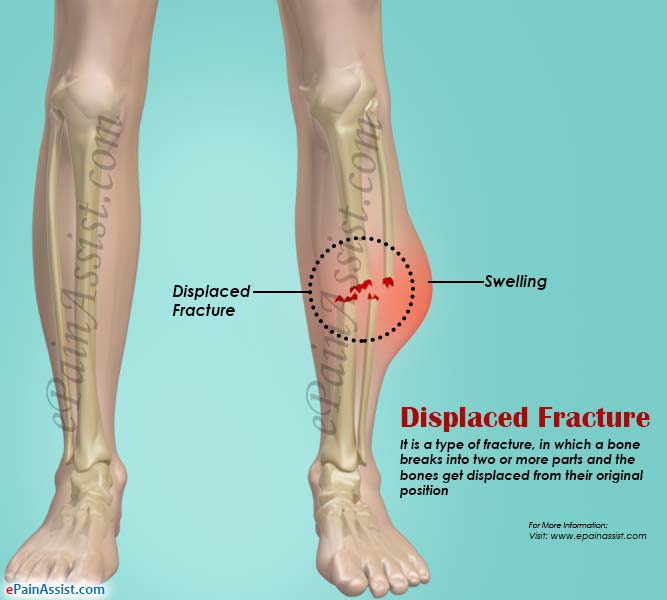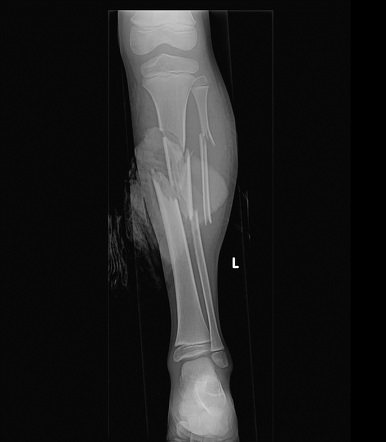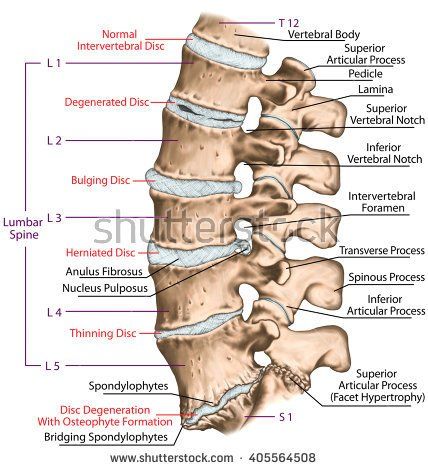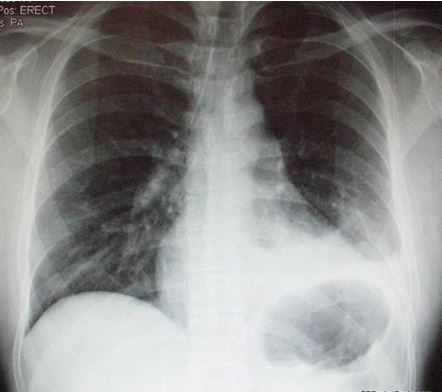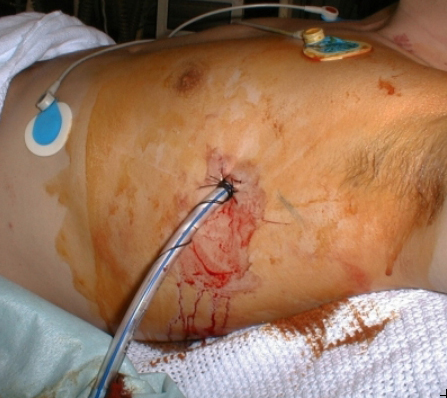CASE VIGNETTE – MARCH 2020
Past History Is So Very Important
I recall seeing a patient who was injured in a road traffic accident whilst descending the Toowoomba Range on a very powerful Harley Davidson motor cycle.
It is likely that the accident was not her fault and she was seriously injured.
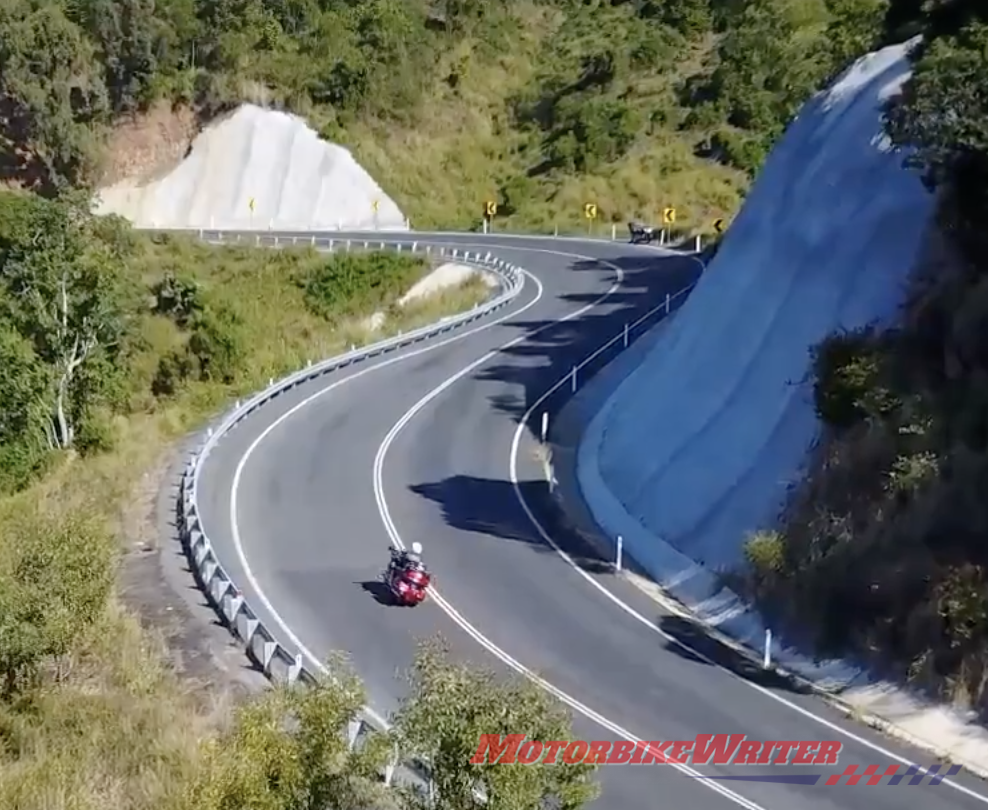
When assessing her three years later, and after she had reached that magical state of maximal medical improvement, I noted that she had very severe thigh muscle wasting. The right thigh was 4cm less than the left thigh in girth at a position 10cm above the superior pole of the patella. This was quite significant, given that she had a body mass index of only 22. She was relatively trim.
She had been categoric in her denials of previous problems referable to the thigh or any problem in the region of the lumbar spine, the hip joint or the knee joint for that matter which could have explained thigh muscle wasting. In the absence of any evidence to the contrary therefore, I attributed the muscle wasting to the subject accident. This gave her an impairment rating of 5% of whole person function for the wasting alone.
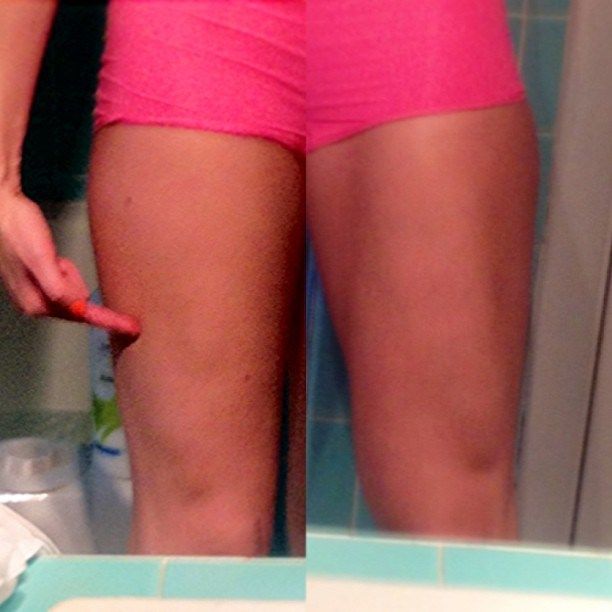
There was some delay in bringing her case to mediation and it was necessary to re-examine her for a contemporaneous report. In the interim, she had been examined by another Orthopaedic Surgeon who had been more successful than me in gleaning a totally accurate past medical history. It transpired that the muscle wasting in the thigh had predated the road traffic accident on the Toowoomba Range by several years. She had even been reviewed by a Neurologist and an EMG/nerve conduction study had suggested that there may have been some central cause in either the cauda equina or the spinal cord itself.
This failure to mention this important point at the time of my original examination was a very serious oversight on the part of the Plaintiff. It cast doubt upon her credibility, obviously compromised the accuracy of my original opinion and probably served her no good at all when the case did come to mediation.
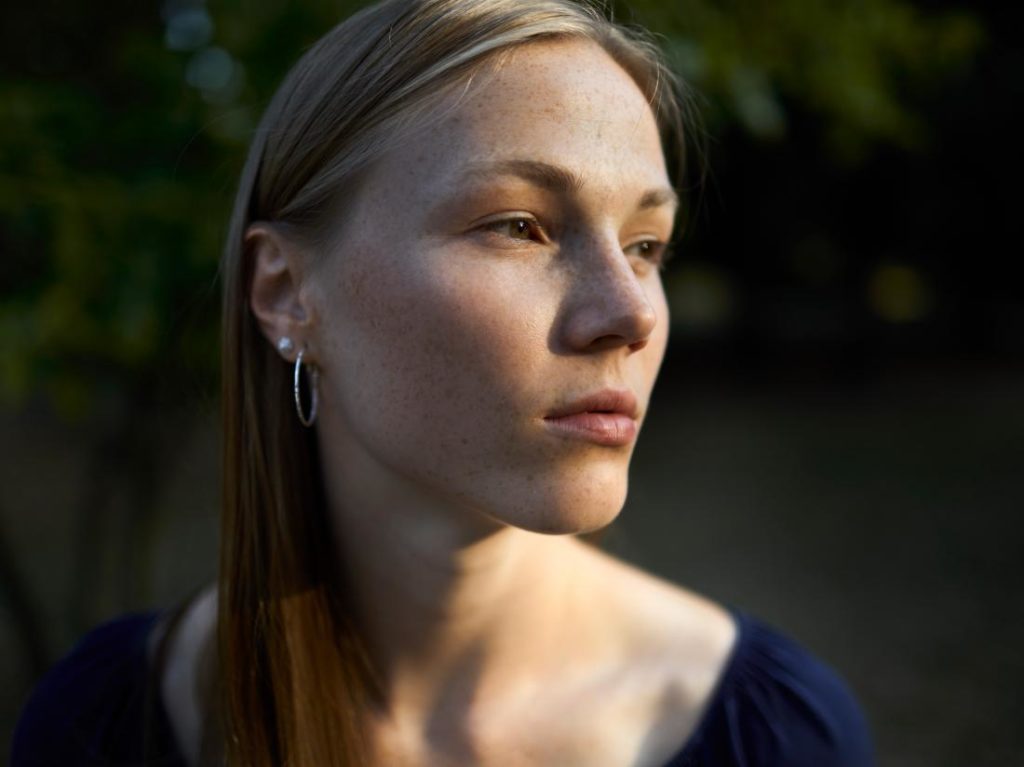
I am uncertain about how the matter was finally settled. Suffice to say, it would have been better for all concerned had she been totally honest from the outset.

